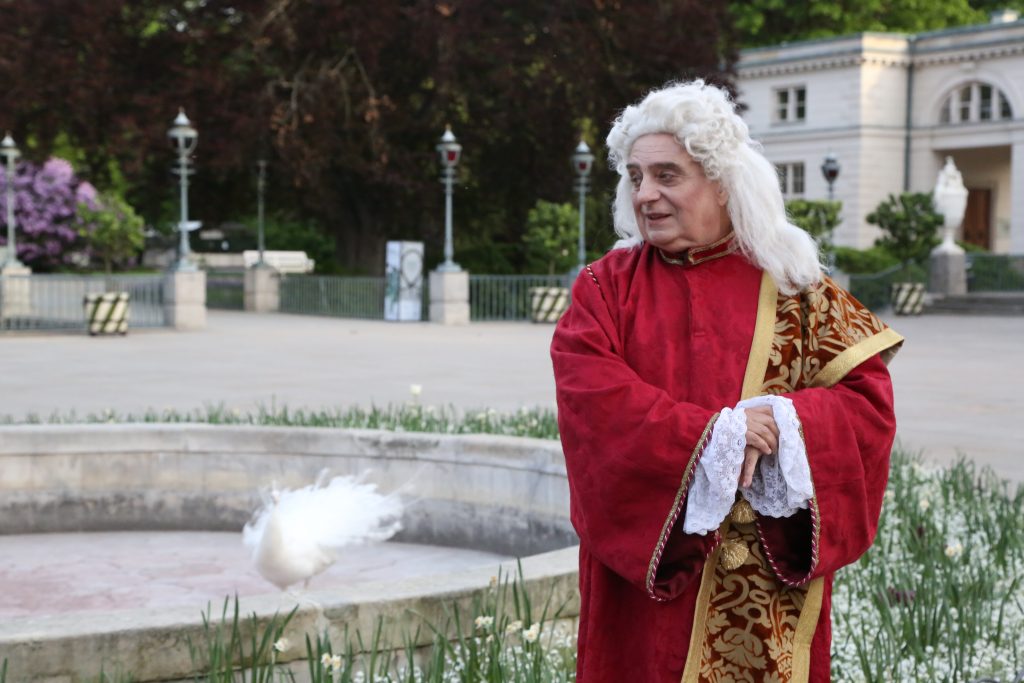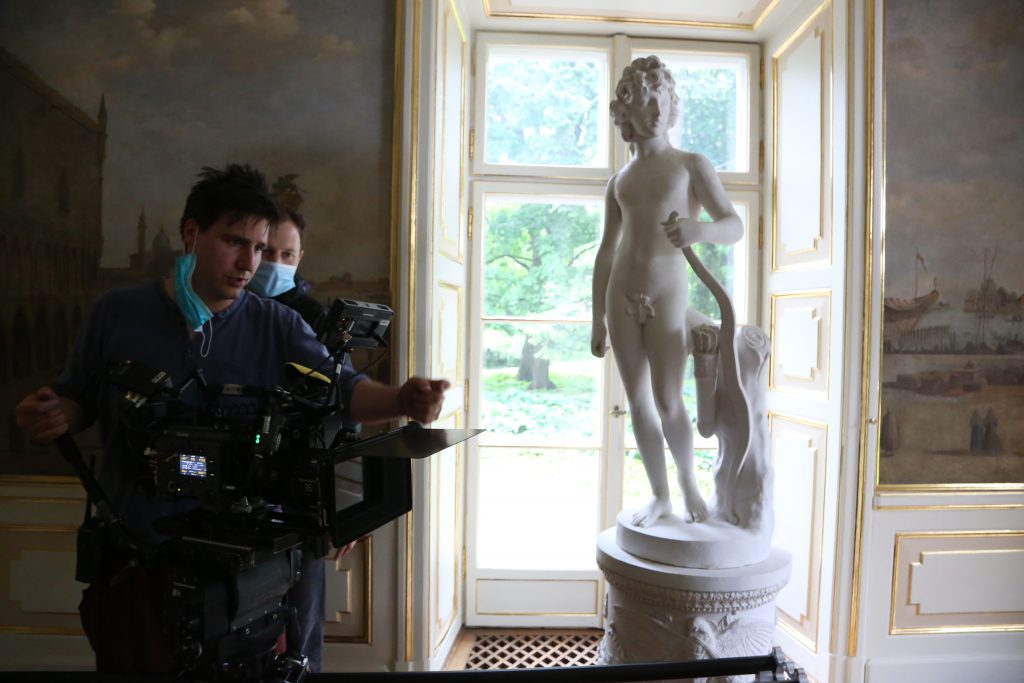BERNARDO BELLOTTO, DETTO CANALETTO


Bernardo Bellotto, pupil and grandson of the famous landscape painter Canaletto, surpassed the master in skills and became his rival. He continued his career by signing himself with the uncle’s nickname of “Canaletto”, generating confusion in attributions. With his Camera obscura, the prototype of the modern camera, he was a chronicler and “film director” of the world of that time, documenting the major European capitals as a court painter. His paintings immerse us in the history and customs of the 1700s.
Bernardo Bellotto, born in Venice on the 20 May 1722, was the nephew and pupil of Antonio Canal, known as Canaletto. He learned to paint views at the age of sixteen, becoming the alter ego of his master and uncle. When he was just eighteen years old, commissions from the most relevant Italian courts brought him to Florence, Lucca, Rome, Milan, Turin and Verona. He finally left Venice in 1747 , invited to Dresden at the court of Augustus III, king of Poland, elector of Saxony. During the Seven Years War, Bellotto took re fuge in Königstein, Wien and Munich, to serve the respective monarchies. The beauty of European capitals are immortalized in his monumental paintings. Antonio Canal took refuge in UK, and actually the Royal Family is the most relevant collector of his paintings.
Following their journey through Europe we also explore the most important European architectural and artistic heritage, memorialized in their paintings and we find out that many places didn’t change at all. The last stop of the endless European trip of Bellotto, was Warsaw, where he arrived in the winter of 1767, after the destruction of Dresden. The meeting with the last Polish king, Stanislaw Poniatowski, enlightened patron of foreign artists, will enhance him to stay in Warsaw until his death on November 1780. Bellotto, as court painter, observes and documents the last years of Polish history, with a series of twenty-two extraordinary views of the city and four of Wilanów. The paintings were stolen by the German Gestapo in 1940 and returned only in 1945, just in time to help for the reconstruction of the cities of Warsaw and Dresden, completely destroyed during WWII.
On 22 May 2022, the anniversary of the 300 years since the birth of Bellotto, is a great opportunity to rediscover him in relationship with his master Antonio Canal. We discover the narrative power of his paintings, giving a voice to the secret world of the many characters of his paintings, like in a Tolstoy tale.
